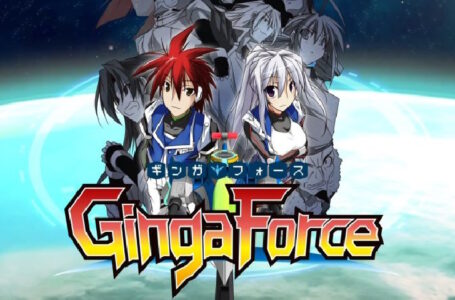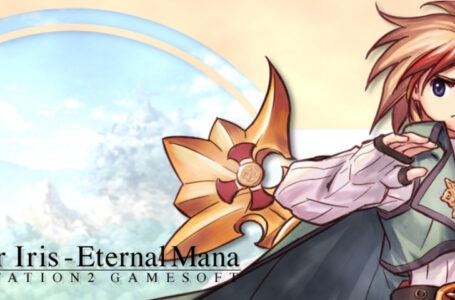Blissful Death: Tecmo blasts off with Star Force
Outside of my life here on Rice Digital, I like to explore the wonderful world of retro gaming — and I particularly enjoy revisiting the games I grew up with on home computers and consoles of the ’80s and ’90s. One which came up relatively recently was a vertically scrolling shoot ’em up for Atari ST named Plutos, which I remember thinking was relatively unremarkable back in the day, but which proved itself to have surprisingly enduring appeal when I revisited it. At least part of that appeal, it turns out, stems from the fact that it’s a shameless ripoff of an arcade game called Star Force.
Star Force was originally released in 1984 by Tehkan, the company subsequently known as Tecmo and later Koei Tecmo. It did moderately well in Japanese arcades, with Japanese amusement industry publication Game Machine listing it as the fourteenth most successful table arcade unit at the beginning December 1984, but arguably more significant is the influence that this game would go on to have on subsequent shoot ’em ups. Most notably, it is cited as a key influence on the development of Hudson’s Star Soldier series, which first appeared for Famicom and MSX in 1986 and went on to spawn numerous sequels.
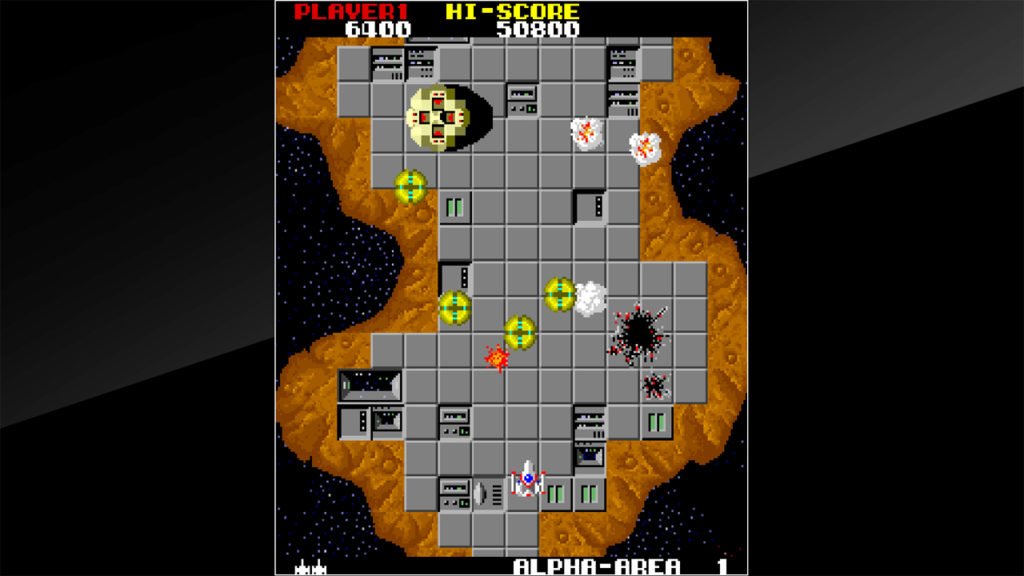
Star Force itself is pretty straightforward by modern standards. You have a ship which fires double laser blasts when you tap the fire button (with some ports offering the facility for rapid fire by holding down the button) and no other weapons — not even a screen-clearing or panic bomb to fall back on. There is one single power-up that shows up sporadically: a yellow capsule which can be destroyed, revealing an attachment to your spaceship that allows it to fire at double the fire rate while being accompanied by some relentlessly chipper music.
Star Force challenges you to destroy both ground targets and aerial threats. There’s no distinction between these as far as your weapons are concerned — though you should note that ground targets tend to take priority, so if you’re attempting to shoot aerial threats that are “behind” a ground target, your shots will be absorbed by the ground target first.
Ground targets come in predefined arrangements that are grouped into floating coloured “islands” in space, while aerial targets come in formations that show up regularly throughout the level. The ways in which the various enemy formations behave are predefined, but the order in which they appear in a stage is not — not entirely, anyway. There are certain circumstances where you will always encounter a particular lineup of enemies, while at others you’ll meet one of several different arrangements of foes.
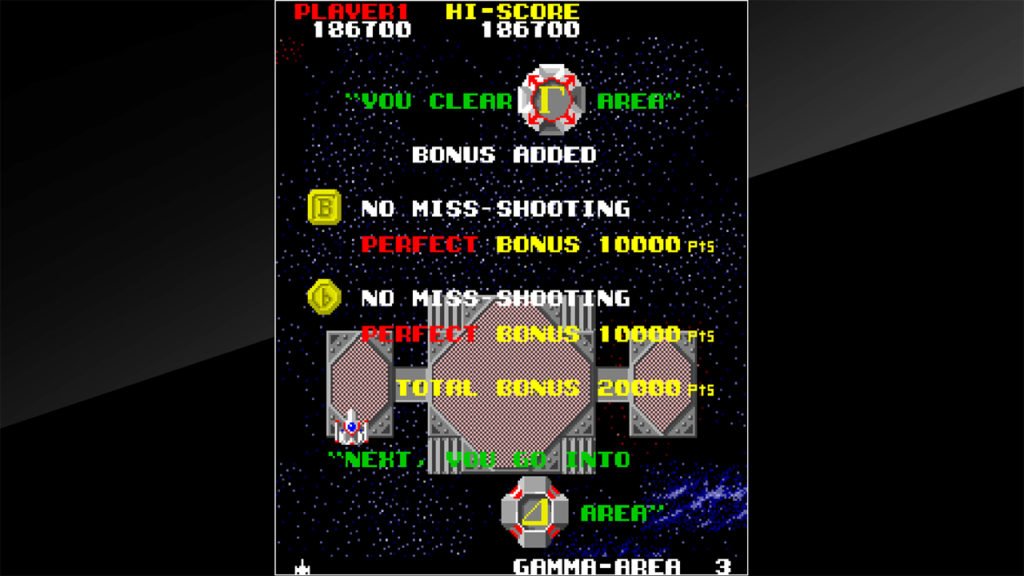
The key to succeeding in Star Force is learning to recognise and respond to these aerial threats, since each has a unique appearance and behaviour. Some hurl themselves down the screen in a straight line; some follow predefined paths; some respond to your presence and position in some way. In pretty much all cases, it’s possible to destroy the entire enemy formation without any getting past you — but it’s also worth knowing what they will likely do if they do happen to slip by.
One of the most interesting things I found about Star Force while playing it for the first time through Hamster’s Arcade Archives version is that a lot of games for home computers of the ’80s ripped it off — not only was there the aforementioned Plutos, but also the popular Warhawk from Firebird for 8-bit home computers (no relation to the PS1 game from 1995, nor the PS3 game from 2007) — and you can trace elements of many other shoot ’em ups from the period back to Star Force, too, particularly if they involve shooting both aerial and ground targets.
Star Force is also intriguing to return to from a modern perspective, since it does some unusual things with its game structure. Most notably, its levels aren’t a set length or duration; rather, they’ll simply “cut off” once you’ve destroyed sufficient air and ground targets and confront you with the stage’s boss: a floating block that contains the Greek letter representing the stage, accompanied by a platform that plays host to two gun turrets. The latter quickly rolls off the screen but the former still presents a collision risk, so it’s best destroyed quickly. In early stages, this is very straightforward, but in later levels where the turrets fire more rapidly, it can be more easily said than done!
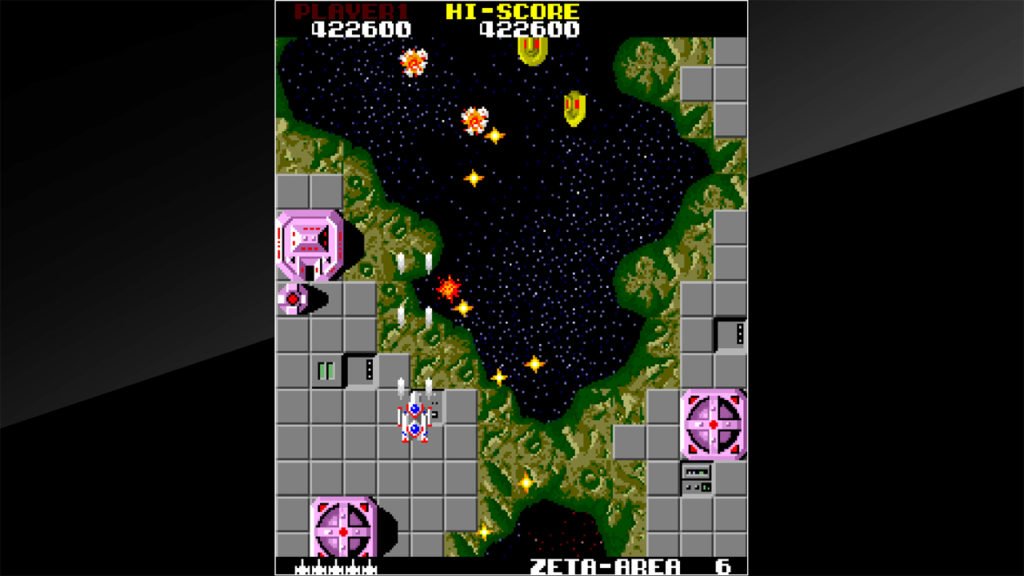
You might not initially notice Star Force’s strange structure, but it becomes apparent if you happen to lose a life during a boss encounter. Star Force is a game that sets you back a short distance to a checkpoint when you die rather than simply allowing you to respawn — and more often than not you’ll find that there’s a varying amount of time between that checkpoint and the boss encounter each time you play, according to how many things you’ve shot. Practically speaking, it doesn’t make a huge difference to how you play — but if you’re chasing high scores there are doubtless some strategies to bear in mind.
And speaking of high score-related strategies, one of the reasons Star Force became quite well known is because of its numerous hidden bonuses. Besides a bonus that corresponds to how many upper- and lower-case “B” letters you shot over the course of each stage, there are also numerous hidden “H” blocks to shoot, enemies which must be shot with precise timing to net huge score bonuses, and hidden targets to blast that can boost your score by a million or more.
Once you’re comfortable with simply surviving in Star Force, you can then focus on learning where all these various bonus items are, and taking maximum advantage of them for the highest scores. And it’s at this point that Star Force really comes into its own; it’s a shoot ’em up that can be enjoyed on multiple levels according to your own experience and priorities when playing a game like this.
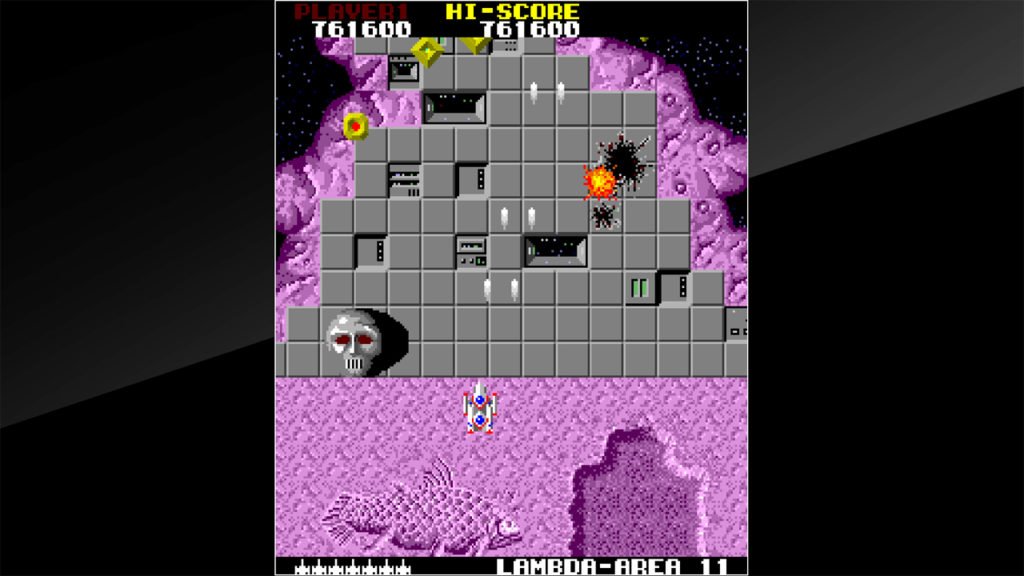
Newer players can simply focus on learning to deal with the various attack patterns and trying their best to survive the stages. Once they’ve developed a bit of experience, they can focus on netting the more straightforward bonuses, such as the “B” blocks. And once they can reliably clear the game, that’s the time to start taking aim for those more deviously hidden bonuses — and the top of the leaderboards.
Simple it may be by modern standards, but I’ve found Star Force to be a thoroughly compelling and addictive game — and one I keep coming back to time after time, keen to push my highest score ever onwards and upwards through those online leaderboards. And with its Arcade Archives release on Switch, I can indulge that desire pretty much any time I want. Which is, y’know, nice.
Star Force is available now as part of the Arcade Archives series for Nintendo Switch.
Join The Discussion
Rice Digital Discord
Rice Digital Twitter
Rice Digital Facebook
Or write us a letter for the Rice Digital Friday Letters Page by clicking here!
Disclosure: Some links in this article may be affiliate links, which means we may earn a small commission if you make a purchase after clicking on them. This is at no additional cost to you and helps support Rice Digital!
- Letter from the Editor: passing the torch - June 30, 2023
- Super Woden GP 2 is looking promising - June 30, 2023
- Inti Creates is making a 32 bit-style Love Live action platformer - June 26, 2023





